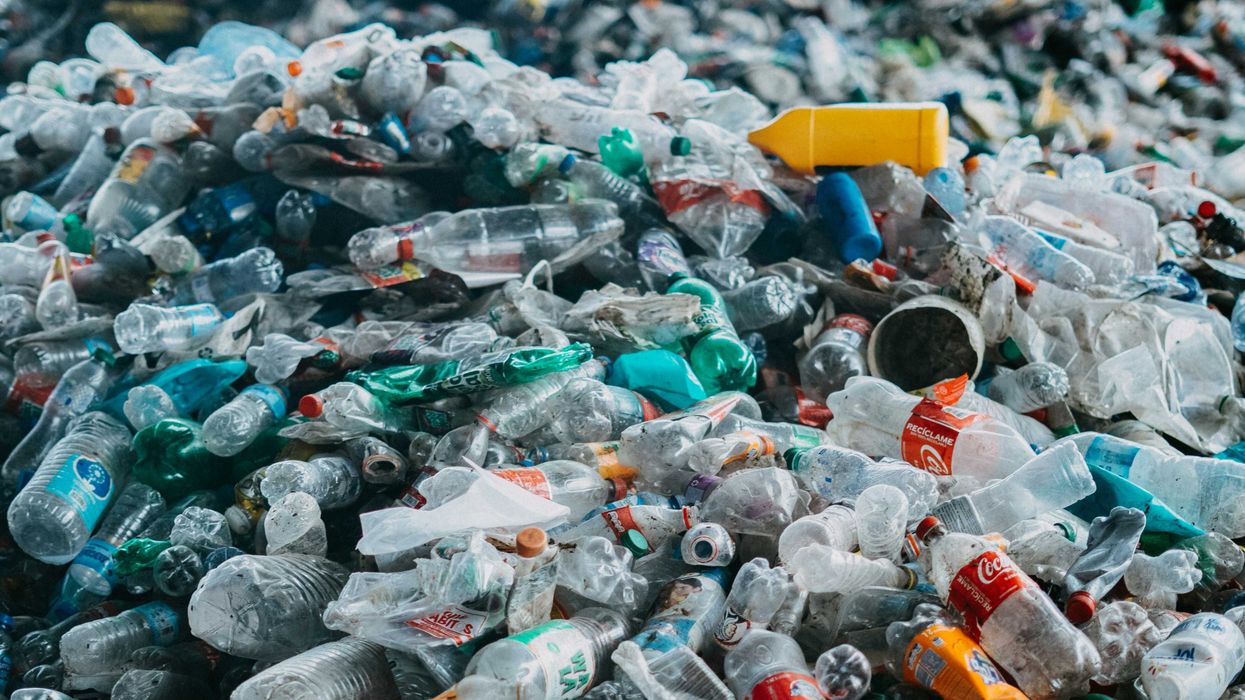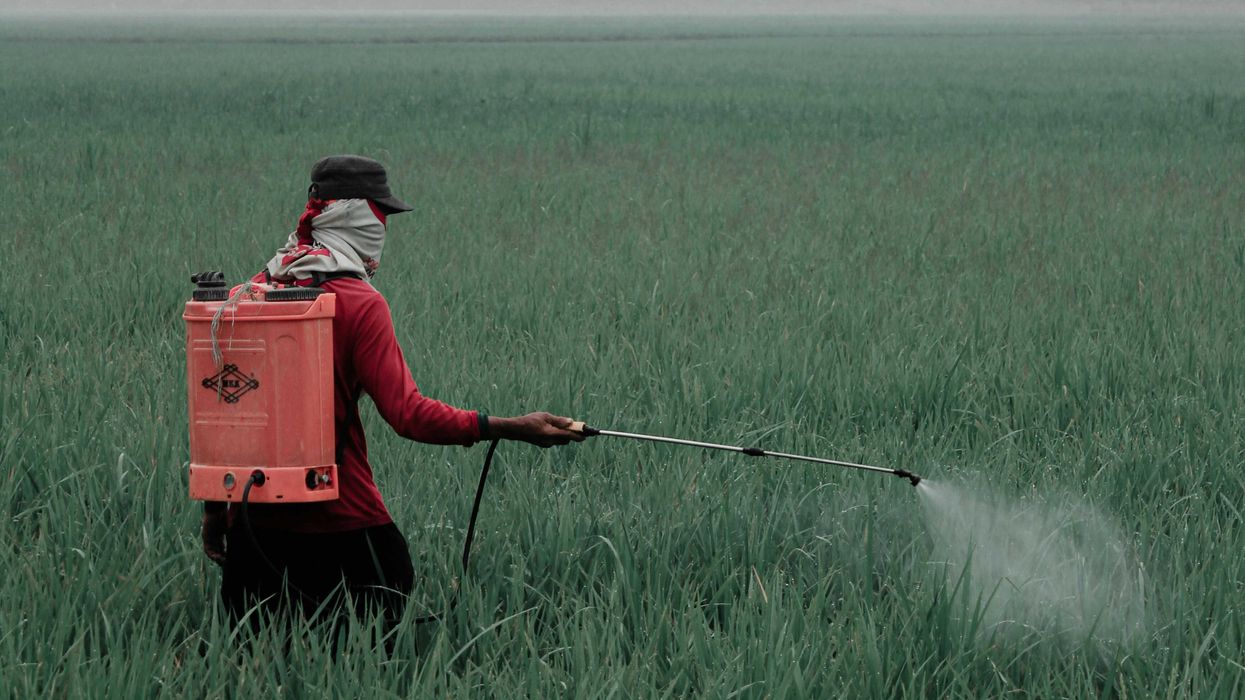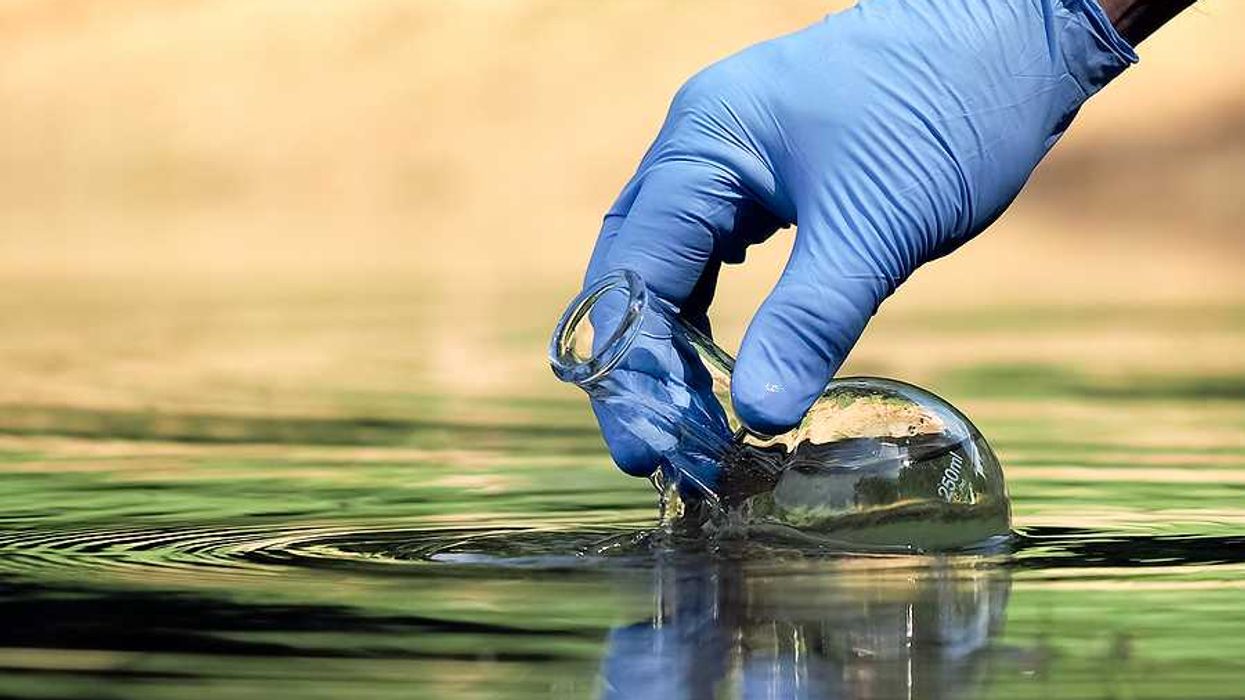New Mexico lawmakers have passed two bills that would ban most products with added PFAS and classify certain firefighting foams as hazardous waste, positioning the state to join Maine and Minnesota with sweeping restrictions on the toxic chemicals.
Sharon Udasin reports for The Hill.
In short:
- House Bill 212 would ban PFAS in products like cookware, cosmetics, menstrual items, and food packaging by 2027–2028, with exceptions for essential uses lacking alternatives.
- House Bill 140 would label discarded firefighting foams with PFAS as hazardous waste and expand the state’s definition of hazardous materials.
- If signed by Gov. Michelle Lujan Grisham, the laws would make New Mexico the third state to enact a broad PFAS product ban, following Maine and Minnesota.
Key quote:
"With approximately 1,100 public drinking water systems in New Mexico serving 94 percent of our residents, preventing contamination is the only affordable means of securing our drinking water supply."
— New Mexico Environment Department analysis
Why this matters:
Because PFAS don’t break down naturally, they accumulate over time in soil, water, and living organisms, including people. In New Mexico, where most residents depend on public water systems, even trace amounts in groundwater or reservoirs raise alarms. Studies increasingly tie PFAS exposure to a troubling array of health issues, from kidney and testicular cancers to lowered vaccine effectiveness in children. The sheer scale of the problem, coupled with how easily these substances move through air, water, and supply chains, is making PFAS a major environmental health regulatory challenge. With uncertainty growing about regulation and enforcement at the federal level, states are starting to step up.
Read more: PFAS in Pennsylvania: Impacts and efforts to clean up the chemicals














